Cavalleria Rusticana ★★★★ and Pagliacci ★★★★ (Opera Australia)
Such was the international success of this double bill that both works were performed together at the Princess Theatre in Melbourne in September 1893 – Pagliacci less than sixteen months after its world première in Milan. Impresario George Musgrove even secured the original Canio, tenor Fiorello Giraud, who had been chosen for the part by Ruggero Leoncavallo himself. The two works (known for generations as Cav-and-Pag) have been presented many times since that illustrious Melbourne season and, with few exceptions, have been box-office hits. They are so compatible that on the rare occasions when one of the operas is paired with a different work I feel rather cheated.
Continue reading for only $10 per month. Subscribe and gain full access to Australian Book Review. Already a subscriber? Sign in. If you need assistance, feel free to contact us.



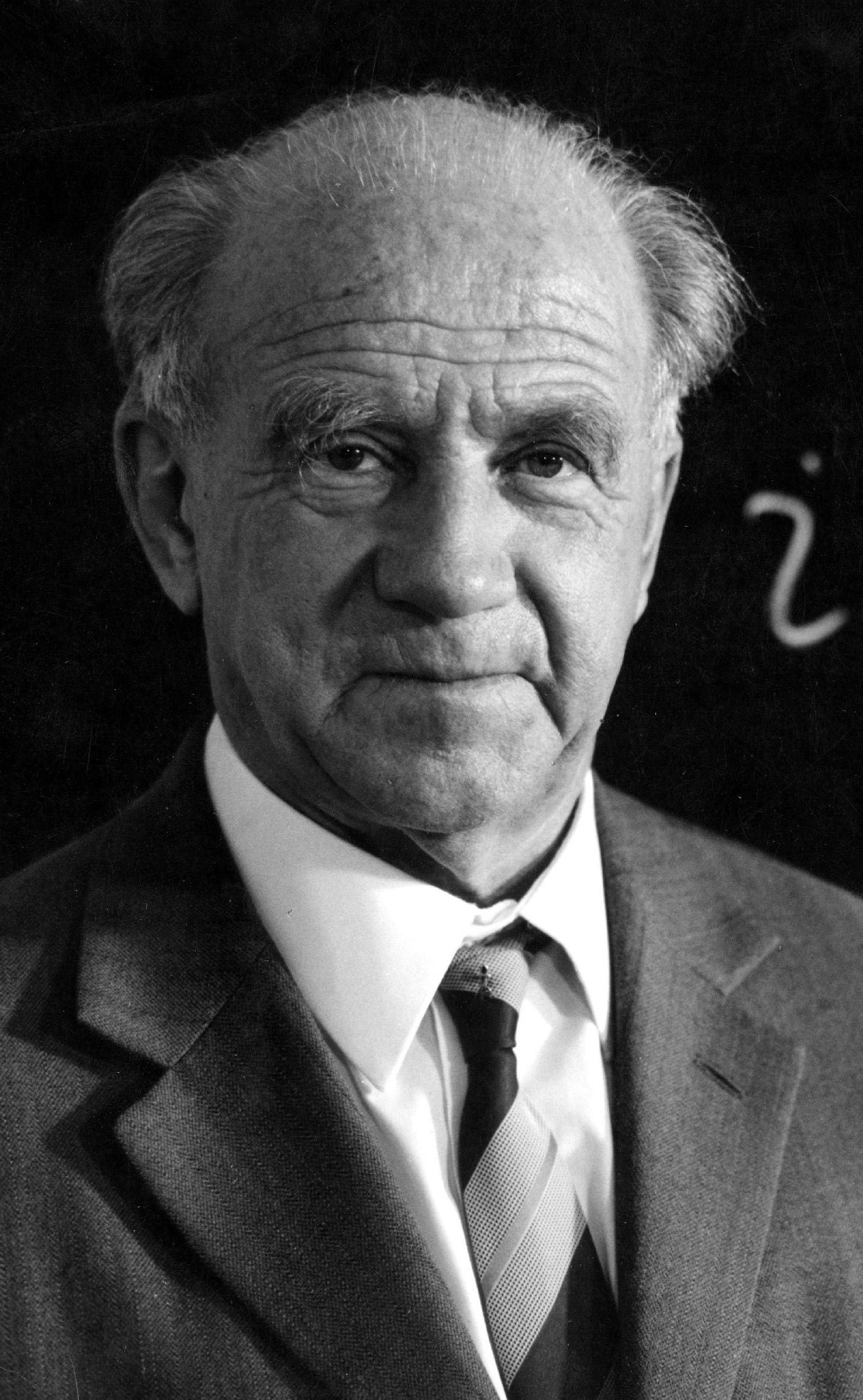
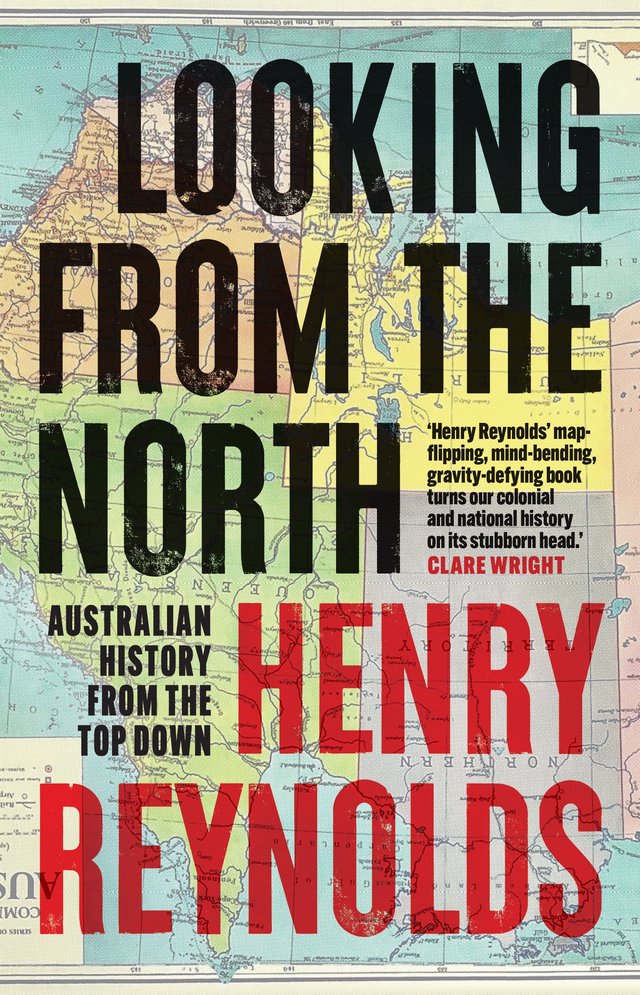
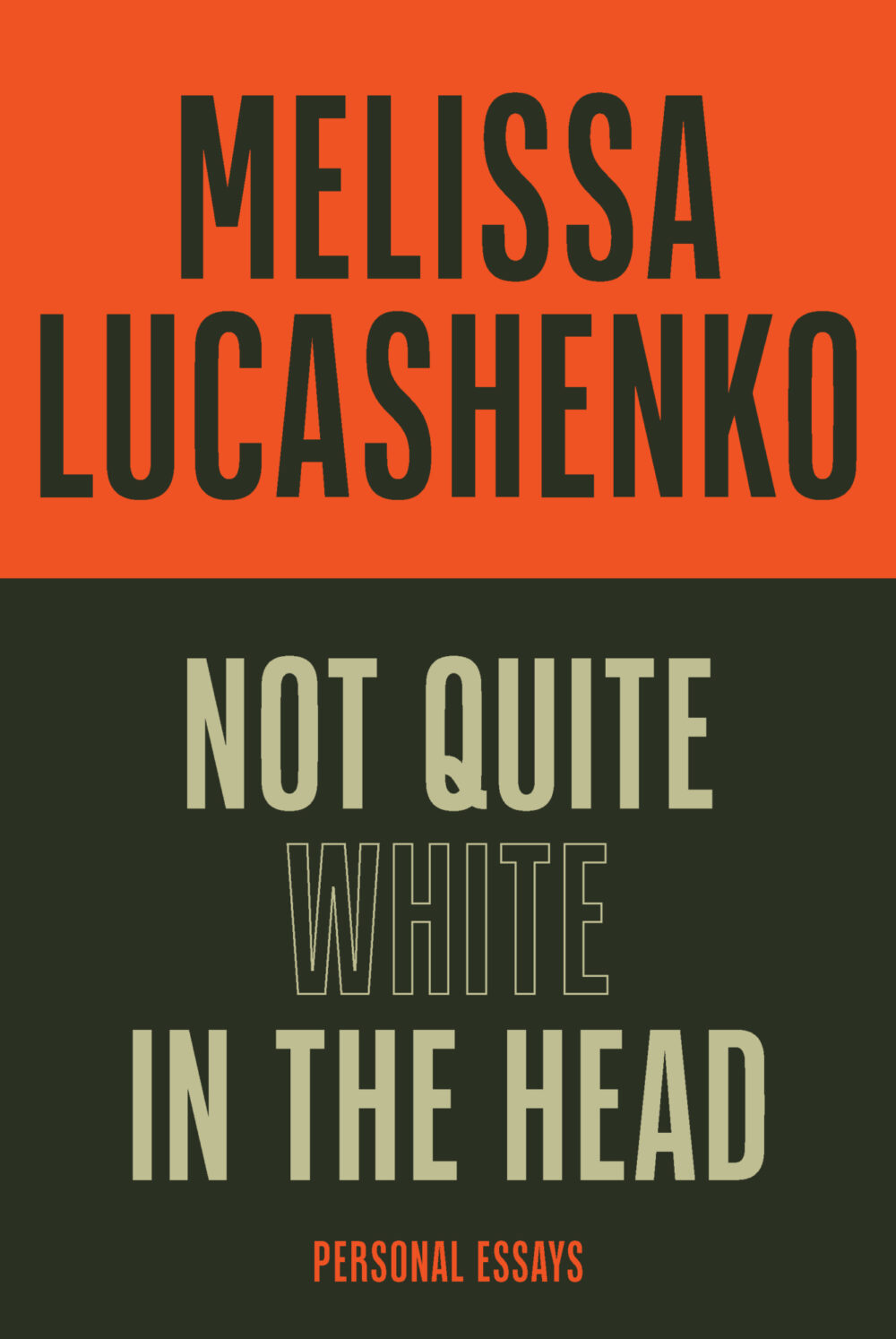
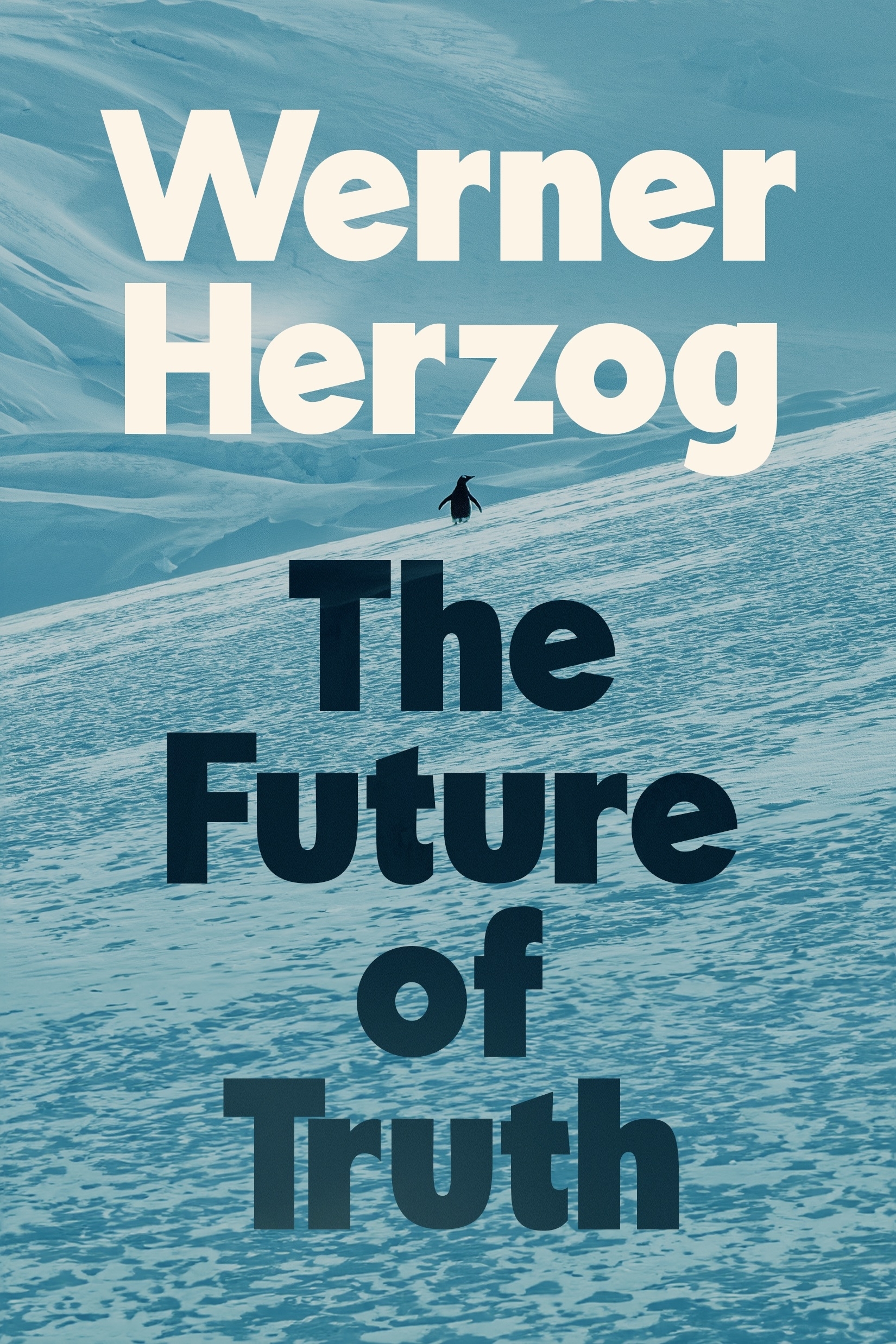
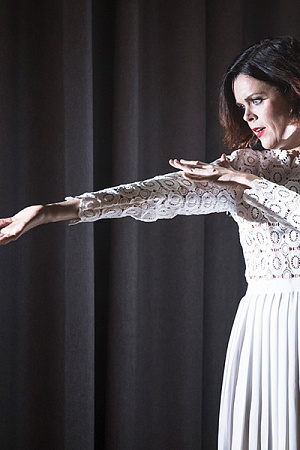
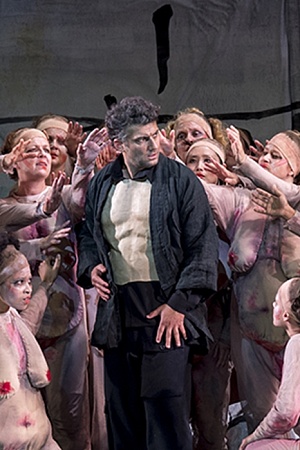
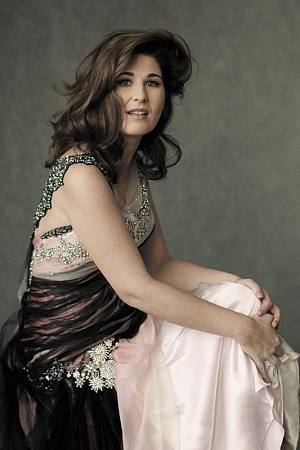
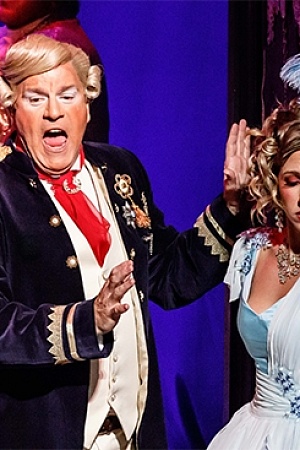
Leave a comment
If you are an ABR subscriber, you will need to sign in to post a comment.
If you have forgotten your sign in details, or if you receive an error message when trying to submit your comment, please email your comment (and the name of the article to which it relates) to ABR Comments. We will review your comment and, subject to approval, we will post it under your name.
Please note that all comments must be approved by ABR and comply with our Terms & Conditions.